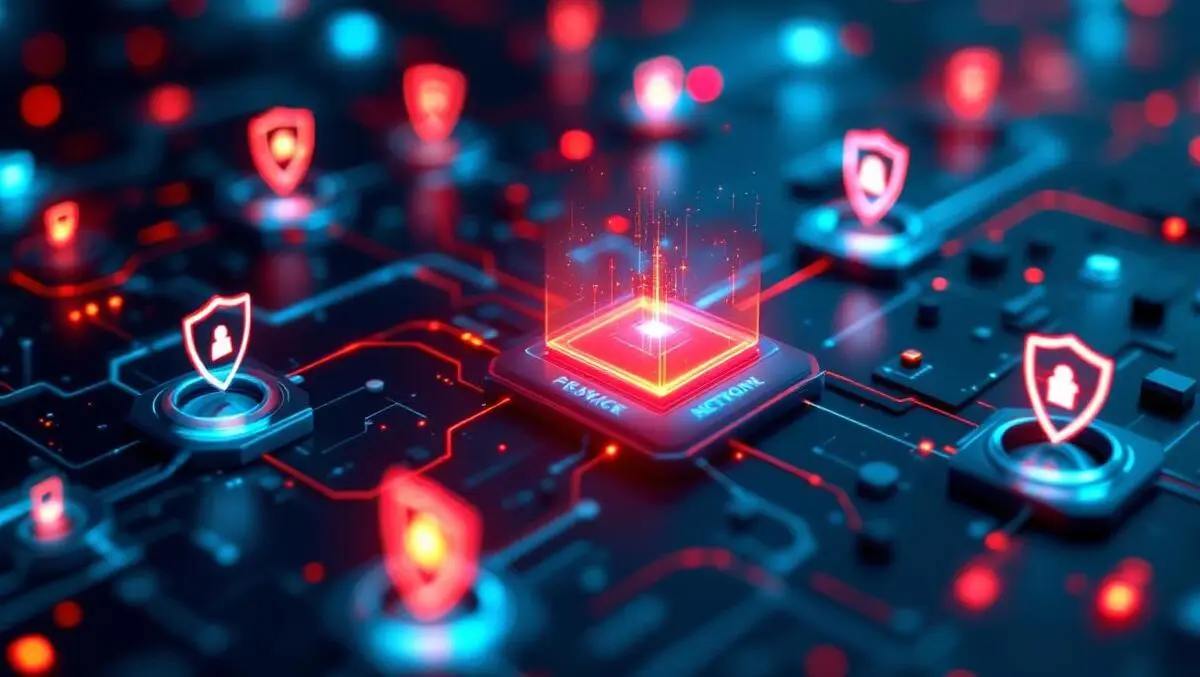
Tenable adds AI to VPR for sharper, real-time risk detection
Tenable has announced enhancements to its Vulnerability Priority Rating (VPR), focusing on precise risk identification and remediation for security teams.
The updated VPR, now driven by generative artificial intelligence, provides organisations with contextual threat intelligence and real-time prioritisation to highlight vulnerabilities that pose the most significant risk to business operations. The changes aim to address longstanding challenges in vulnerability management.
Sharper risk focus
The company's VPR was first introduced in 2019 as a counterpoint to the broad scoring provided by the Common Vulnerability Scoring System (CVSS). While CVSS designates approximately 60% of vulnerabilities as high or critical, the original VPR narrowed the focus to just 3%. With the latest enhancements, Tenable reports that only 1.6% of vulnerabilities are now marked as representing genuine business risk, supported by real-time data and improved analytics.
Jorge Orchilles, Senior Director, Readiness and Proactive Security at Verizon, described the practical impact that targeted vulnerability data has had on operational efficacy.
"Our biggest problem was noise. We had thousands of vulnerabilities, and no clear way to know which ones posed a genuine threat," said Orchilles. "Tenable VPR changed that by showing us what attackers are actually exploiting right now. It lets us focus our resources on the handful of issues that truly matter, which has made a real, measurable difference in how quickly we can get critical patches out."
AI-driven insights and explainability
The enhancements are underpinned by generative AI, which produces tailored threat summaries and remediation advice. VPR's AI-powered insights are designed to help users quickly interpret why a particular vulnerability matters, its weaponisation by threat actors, and what actions are immediately necessary to mitigate risk. The technology delivers instant clarity to enable faster remediation and more strategic use of resources.
Eric Doerr, Chief Product Officer at Tenable, outlined the strategic value of these new capabilities for organisations managing cyber risk.
"We're taking our game-changing Tenable VPR to the next level with these AI-powered enhancements," said Doerr. "Tenable VPR brings an unmatched precision and depth of threat intelligence, context and explainability to cyber operations. With these critical insights at their fingertips, organisations can clearly visualise why an exposure matters, where they are vulnerable and how to close their priority risks."
Industry and regional context
A key feature of the updated VPR is its ability to apply industry- and region-specific threat context. Enhanced filtering, querying and use of metadata enable organisations to refine vulnerability prioritisation by relevance to their sector or area of operation. This approach ensures that security teams can address the exposures most relevant to their business environment, rather than relying on generic risk scores.
According to the company, these changes are expected to support reduced mean-time-to-remediation and more strategic alignment between cybersecurity efforts and broader organisational goals. By providing more precise, context-rich data, Tenable aims to help organisations allocate security resources where they have the greatest impact.
The latest iteration of Tenable's VPR builds on its previous reputation for prioritising threats and reducing the noise associated with vulnerability management. Through the addition of AI-driven explainability and tailored risk measures, the update is intended to allow cybersecurity and risk management teams to respond faster and more effectively to emerging threats.


